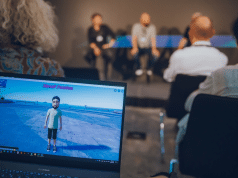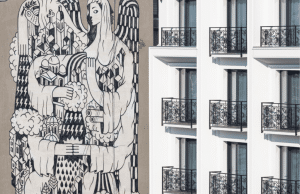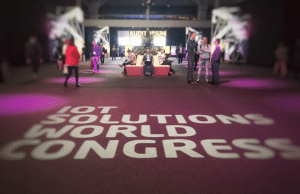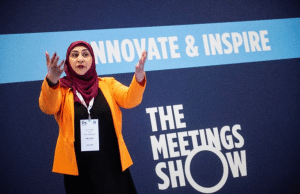How to organise meetings that Rock
Once, when I was, still in the ‘lead’ times of traditional classic media, organising conferences at Cankarjev dom (CD Ljubljana), there was an unwritten rule that an event or a conference is a success regardless of the number of media responses. Entry into the symbolic media arena simply meant that the work was well done.
Not much has changed since then, only the media map has become unbearably complex and difficult to control. Today, a person responsible for communicating of events must be capable of making multimedia decisions and be able to use all available technologies.
Not much has changed also in the sense of the legendary policy of the New York Times, who once wrote that in the media belongs only all the news that fit the print which means that it will only publish news worthy of publication. From that time originates the concept of newsworthiness or the importance of the news.
Conference organisers are required to master at least a few basic standards of communication. The most useful recipe that I repeatedly stress at meetings with clients is downward facing pyramid. The most important facts at the beginning, less important ones at the end of the article. This is the standardisation of news writing, best moulded in the classic form of PR communications that has been largely later adopted by the ubiquitous online media. This way of writing also helps to remove much ballast, which accumulates in the texts. But first, you should always remember that the word news means something new. If you do not write about news related to your event, you are doomed to continue low readership numbers. Owing to their diversity, events provide continual writing about the news.
Otherwise, a few tips to make your news seen in media can be summed up by the following principles:
- OBJECTIVITY is associated with the accuracy and the credibility of the writer. More impartial and neutral is the institution, larger and more credible and trustworthy is the information is in the eyes of the reader.
- DIVERSITY in the article should be able to respond the basic journalistic questions of who, what, where, when, how and why.
- TRANSPARENCY in terms of a clear referencing of the sources.
- REALITY which is the distinction between facts and opinions of the author.
- BALANCE between the various stakeholders who participated at the conference and among which there is a potential conflict.
If you know your audience, understand it and if you follow the above written principles and spice them with a language that is understandable to a wider audience of readers it is likely that the information about the event becomes newsworthy and the media will be happy to publish it. In this greatly helps that the event has an impact on a wider audience. When we for example were writing about the problem of dying bee colonies in conjunction with the beekeepers Congress Apimondia we have received incredible media response. Also celebrities who participated at the event help. Every time also works a conflict that has occurred in the professional sense of the event. Nicely are also received unusual stories that are sometimes on the verge of bizarre and have been in the context of the event unexpected. It is also very good, in addition to news to disclose some secrets from behind the scenes.
With new technologies and options also new opportunities open and new possibilities of interaction with the readers who have become active participants in the process. The message of your story gets better because of the many multimedia options. Colourful illustration is that radio has listeners, print has readers, television has viewers and modern online media all of these together in one person
Media World today is fluid and almost anyone can be a publisher. Think about how many times you as organisers faced a dilemma whom to grant accreditation for your congress or event. Also completely new characters apply that can not be classified in the classical scheme of the media. Personally I swear by the old and proven name of a journalist who is the guarantee of credibility.
Another aspect is very important. In the flood of generated news, it is important that your story is original, short, clear, accurate, interesting and complete. The rule of today’s online world is that news is maximum 500 words long with a title that tells and summarizes the essence of the contribution. With content flashes and fact boxes you are going to save a lot of work to editors and media you are addressing. Therefore, you must learn to write about your events economically.
Even today your arbitrators are readers of the media, who in the end decide what interests them and what does not.
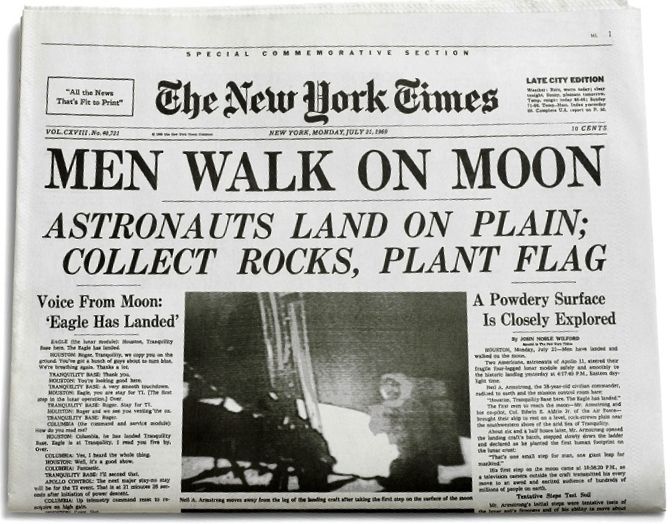
Case study: TEDx
TED is a non-profit organization dedicated to spreading of ideas. The annual TED Conference hosts the world’s leading thinkers and stakeholders who communicate their ideas in the form of 3 to 18 minute speeches. These talks are later available free of charge on the website www.TED.com. In the spirit of ideas worth spreading, TEDx was created, where x describes the independent, local event. At a TEDx event, talks are exchanged by aired TED talks and live speakers in order to ignite an in-depth discussion and connection within a smaller group.
The basic principle of the organization of the event is based on the logic of journalistic ethics and objectivity the result of which is premium content. That is why TEDx events are received exceptionally well by the media and a model example of how it is possible to make volunteer work a superior newsworthy experience.
The best example is the recently finished TEDx event Triglav, which is probably the highest TEDx event in Europe. Right before the end of holidays, on Thursday 29th August at Kredarica. The evening event (20h) just below Triglav, with the obligation of an overnight stay at 2515 metres.
[youtube]http://youtu.be/tn4OxKGxHMA[/youtube]









